Tanzania’s oldest, largest (30,000 sq. meter) and most famous national park celebrating extraordinary and exciting wildlife experience throughout the year. Meaning “endless plains” in the Massai language, the park offers not only the most spectacular annual Migration of a million wildebeest, zebra and gazelle; but also other remarkable safari experience at the different times of the year.
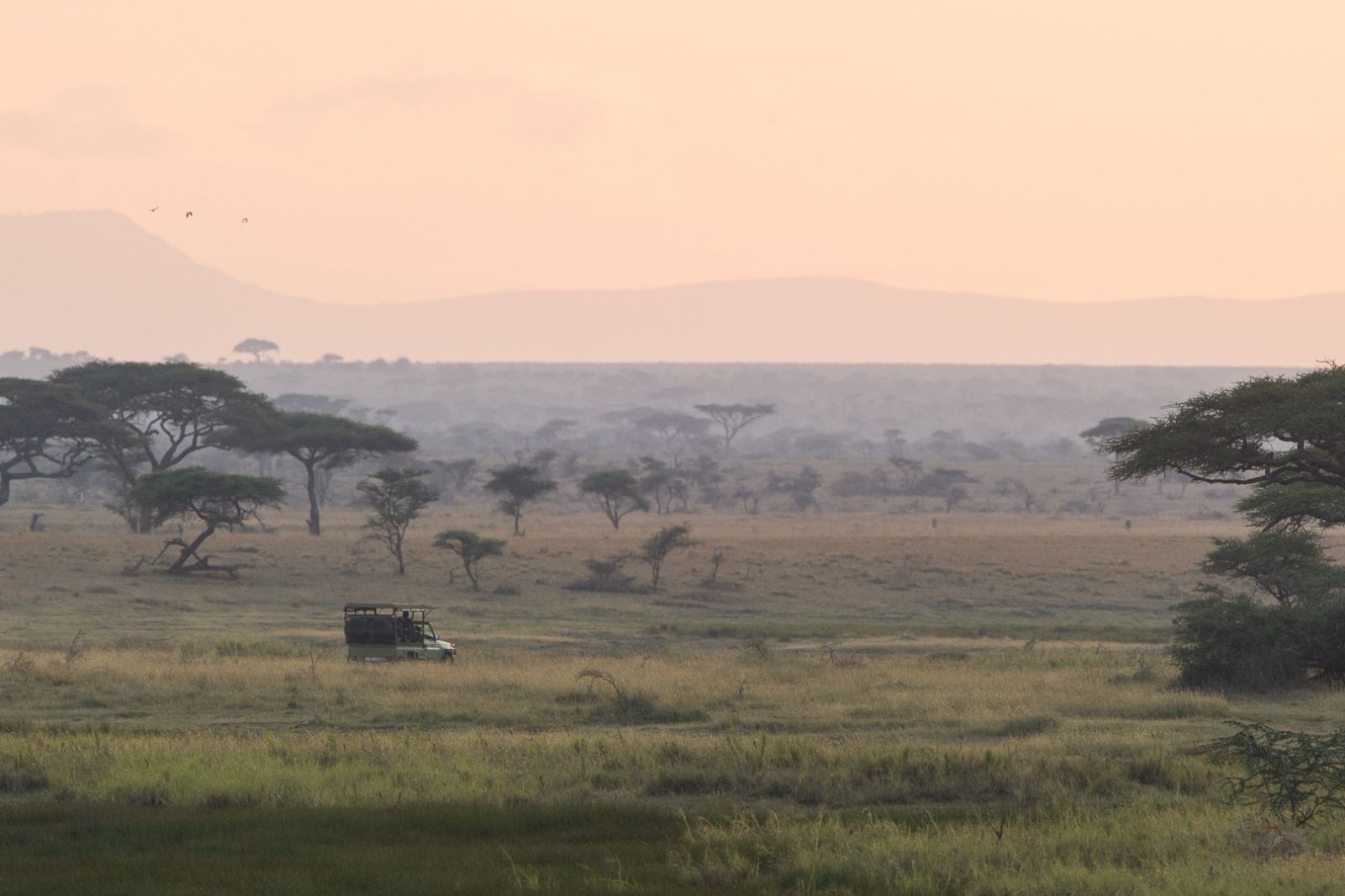
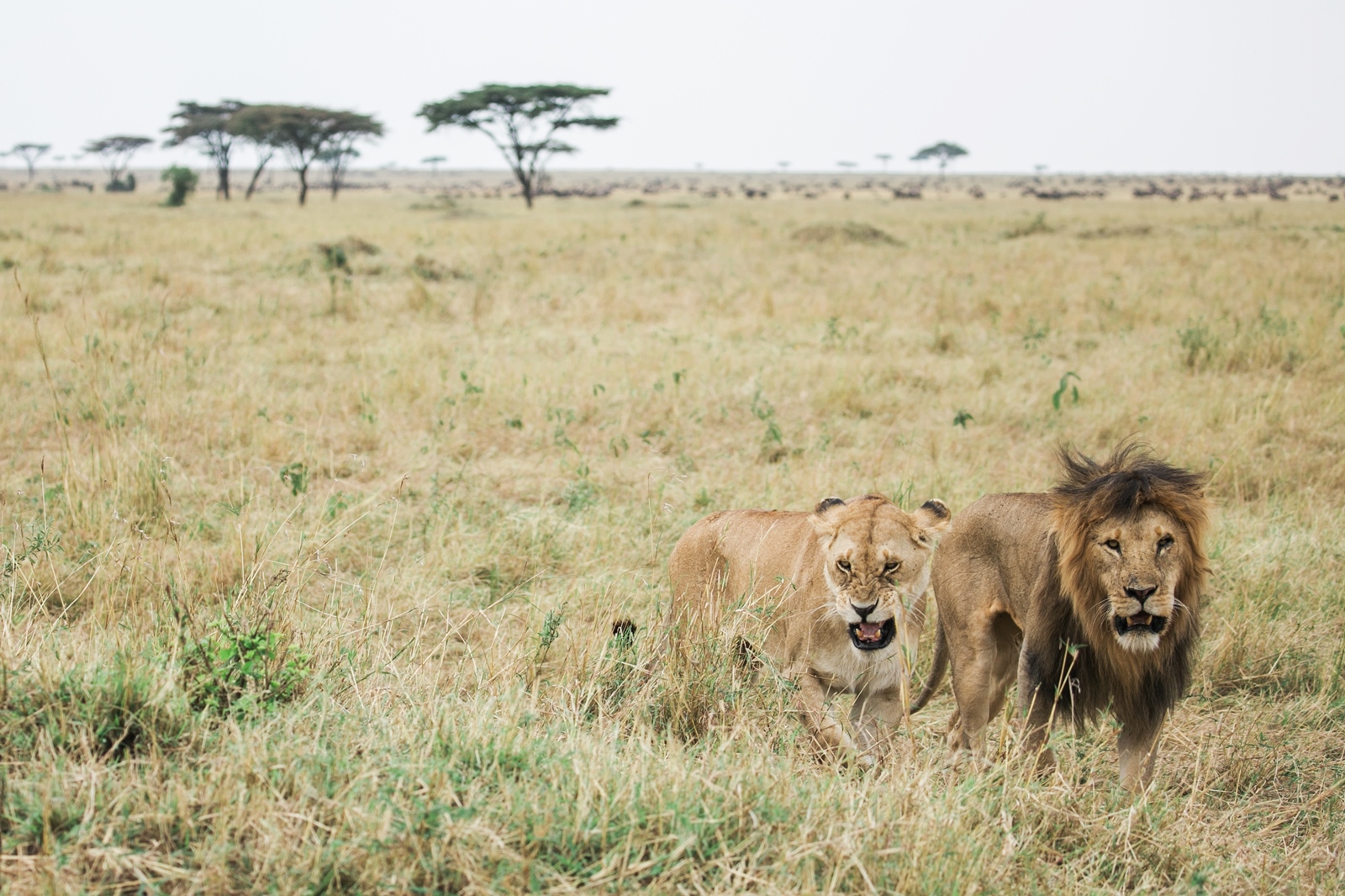
Being one of Africa's most captivating safari areas and a UNESCO-listed wonderland of animal action. Comprises of more than two million of wildebeest, perhaps half of million of zebras, various antelope, moving in a clockwise direction around a vast ecosystem extending into Ngorongoro Conservation Area and Kenya. These migratory herds and other resident ungulates support around 10,000 hyena and lions in this stunning Serengeti National Park. Game viewing here is varied, rewarding and spectacular at any time of the year; this vast park offers many options of luxury accommodations in differenct areas.
Different Areas in Serengeti:
Northern Serengeti: Renowned for its prime location for witnessing the spectacular river-crossing during late July – October. Good year-round game viewing of residential wildlife in this is gently rolling country, broken by small rivers and occasional hills and kopjes.
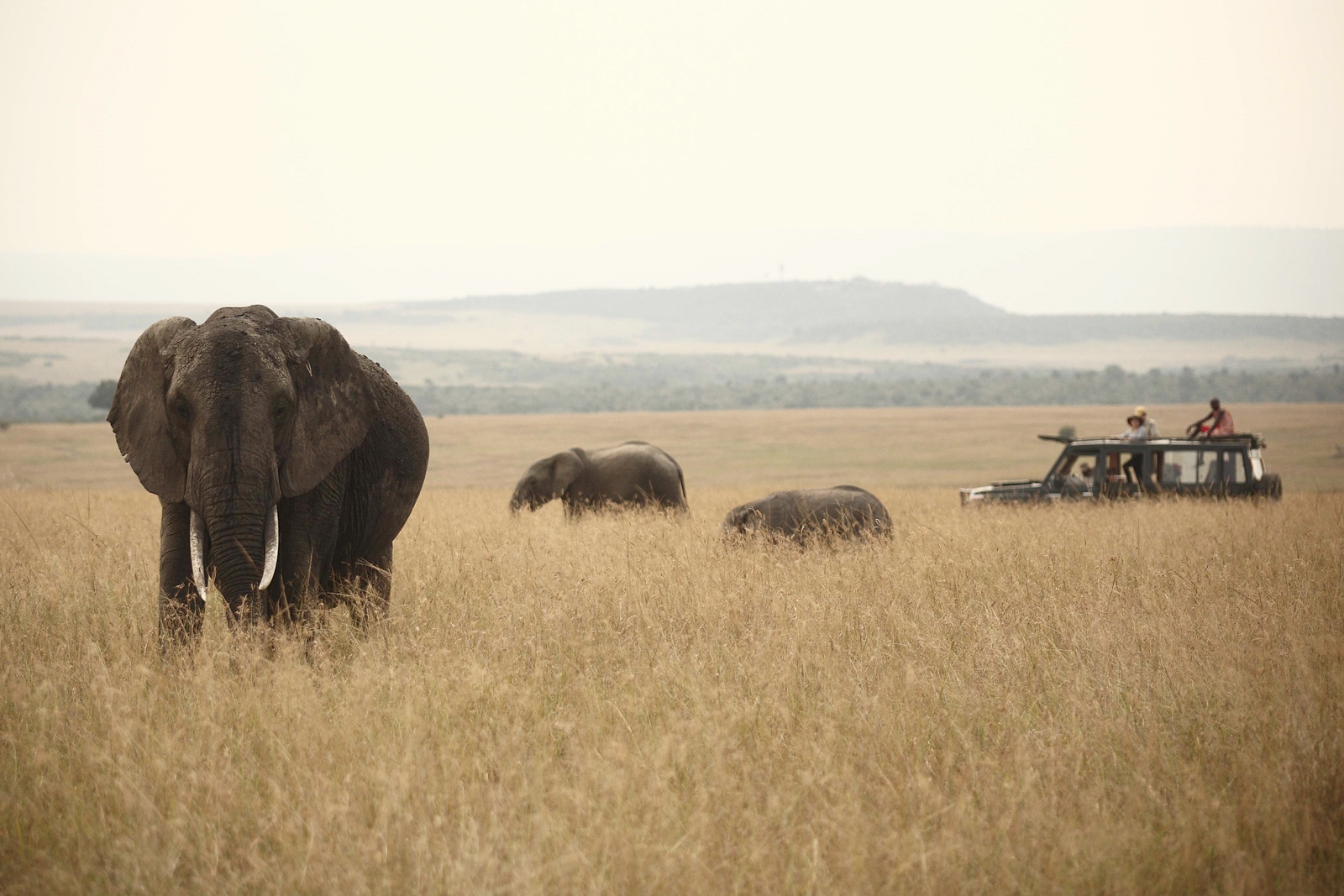
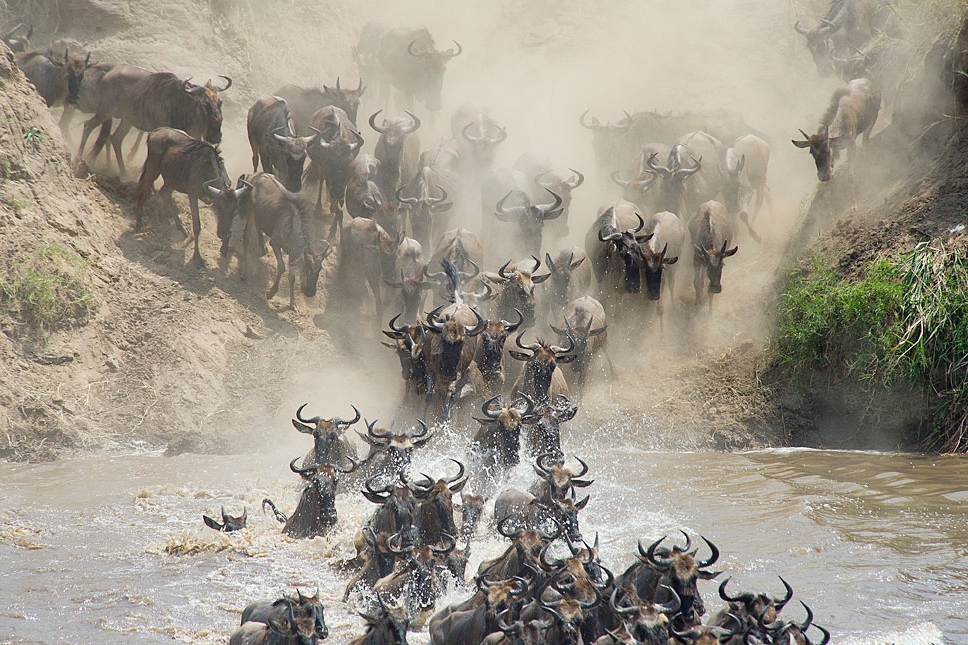
Central Serengeti: Exceptional good destination for viewing the Big Cats – high densities of relaxed leopards, cheetah and lion. Within easy access to the Southern Plains and the Western Corridor, Seronera is the great base for the migration from November to June
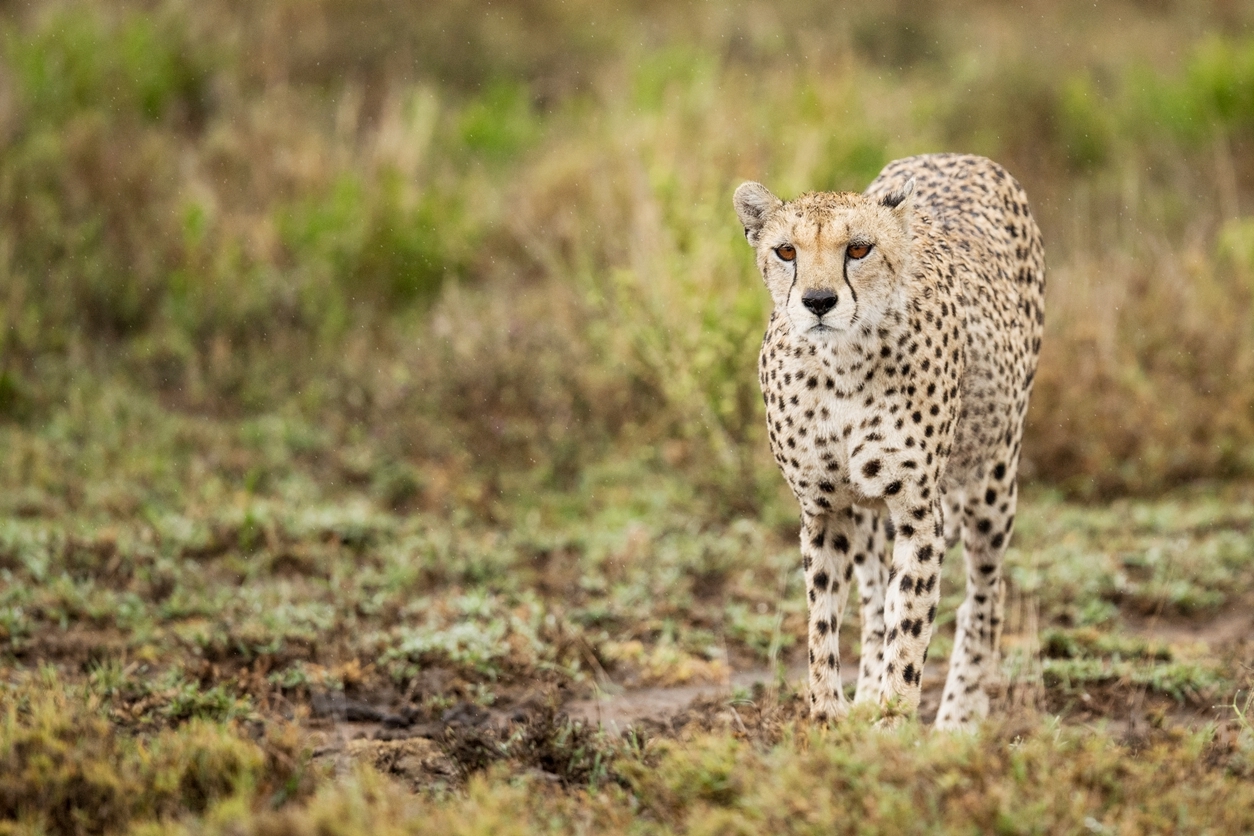
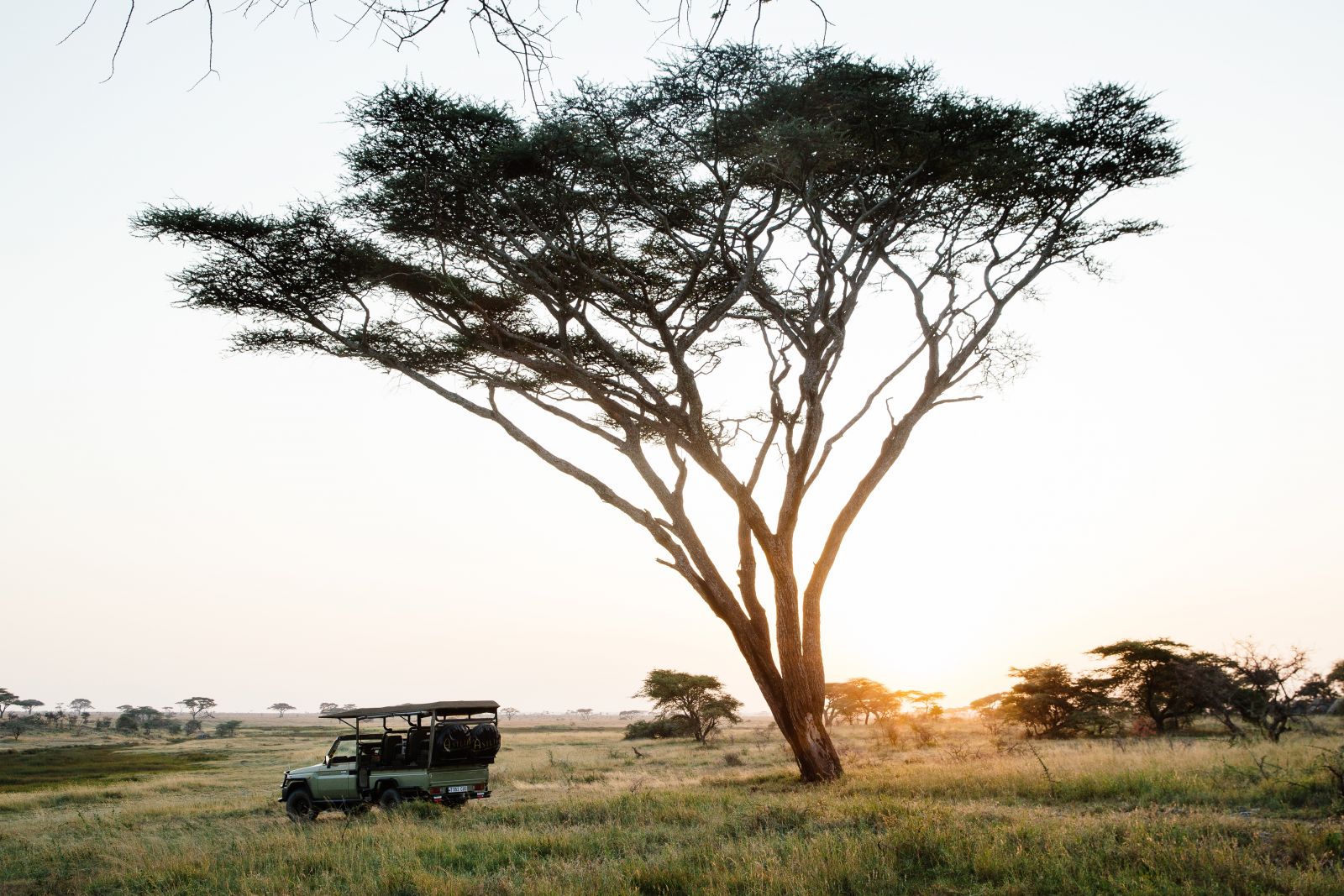
Southern Plains: Perfect destination for grazing wildebeest from late-November to April, in this vast short-grass plains. Travel now and the Serengeti is lush and green, alive with wildlife and pumping with action. With approximately 8,000 young wildebeest born every day in the peak calving period. Witnessing a newly born calf capable of running in a matter of minutes is one of nature’s most incredible events.
Singita Grumeti: Situated adjacent to the Serengeti National Park in Tanzania, is an integral part of the Serengeti-Mara Ecosystem, the home of the Great Migration. Few most exclusive Singita properties within the area, offering the guests their own piece of African paradise for rewarding game-viewing experience
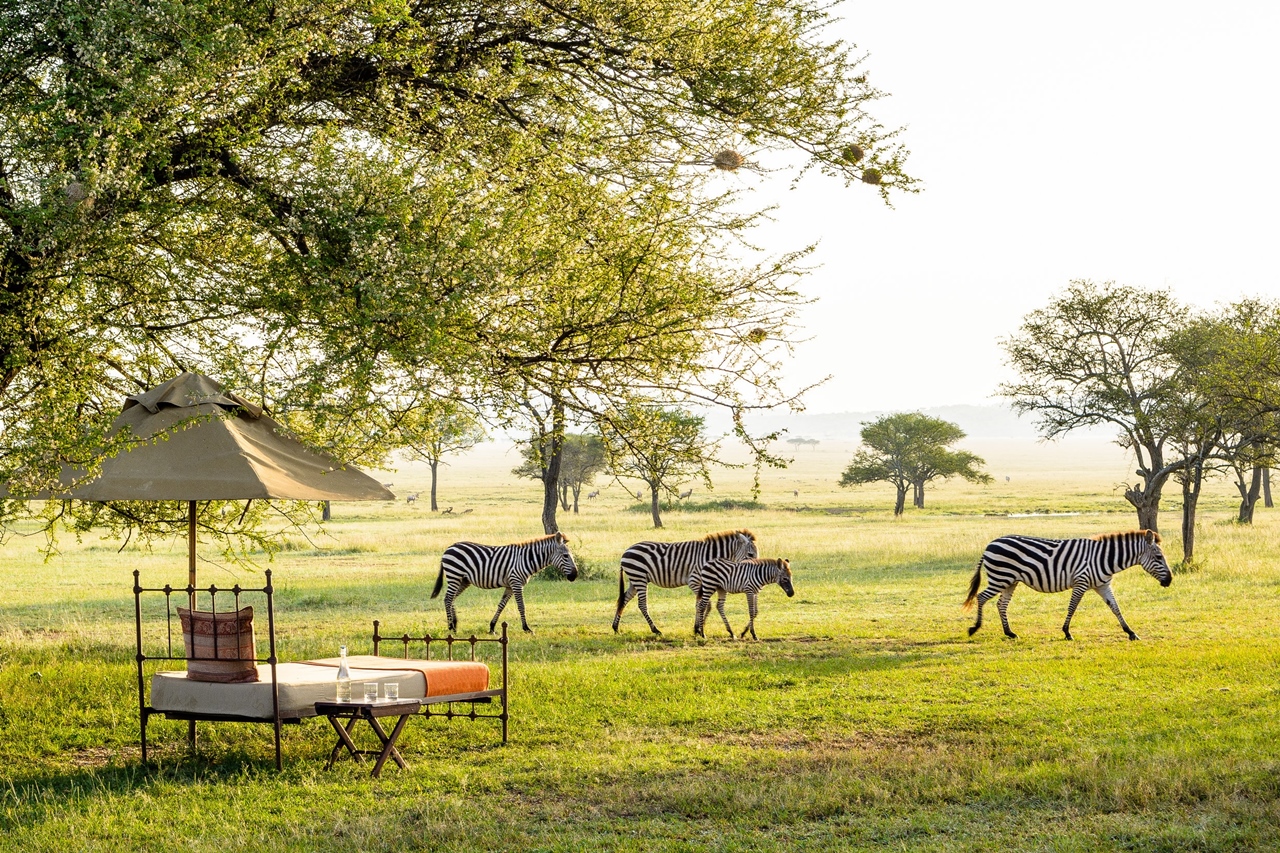
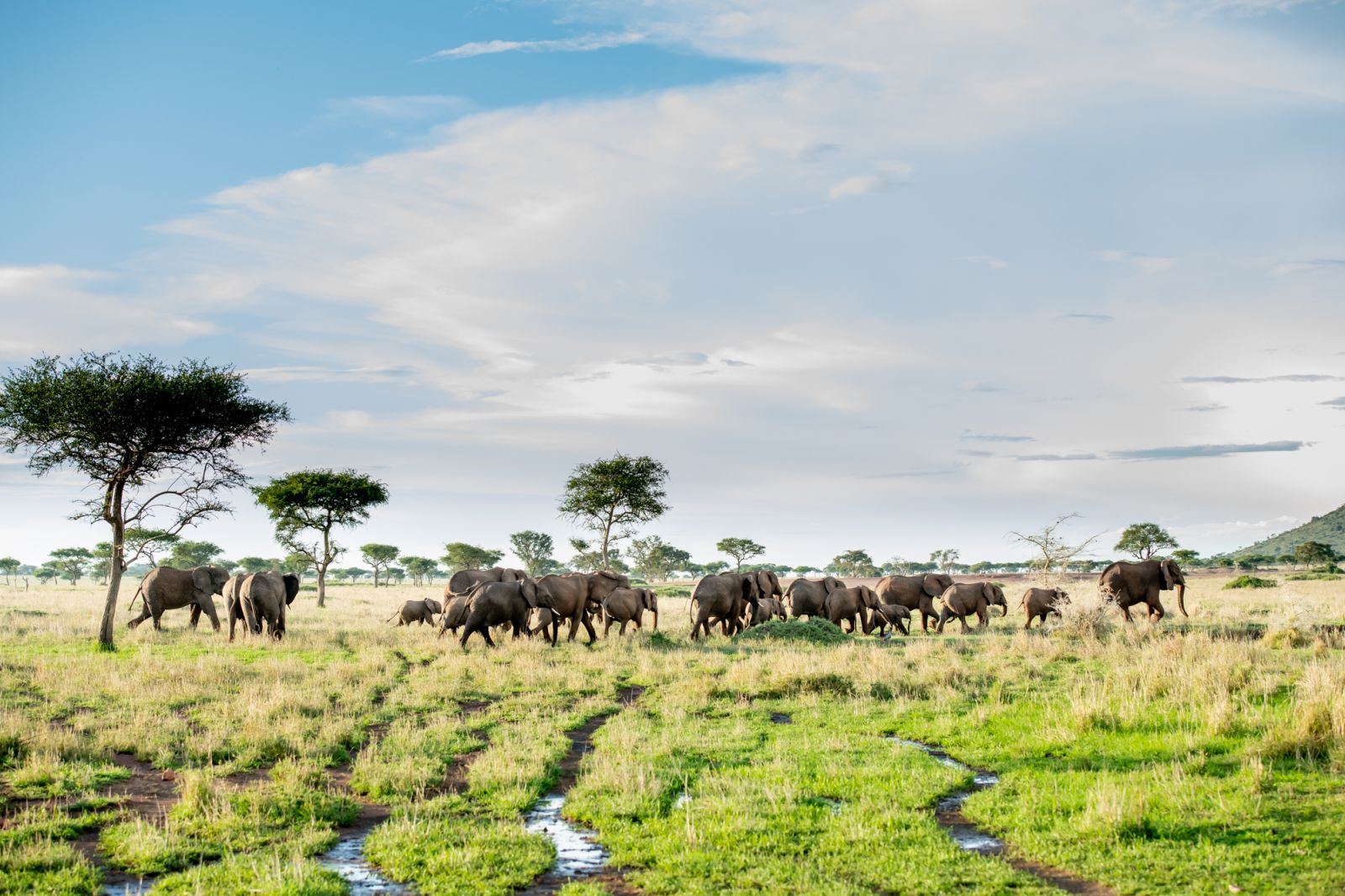
Climate:
Summer (September-April)
20°C/68°F Max: 30°C/86°F
Winter (May-August)
Min: 19°C/66°F Max: 25°C/77°F
Long rains: April to May
Short rains: November to mid-December
Top 5 Migration Moments:
Novmeber-December: Drawn by short rains in the Serengeti, the wildebeests start their move south to the short-grass plains on the Ngorongoro border, this leg of the migration tends to be the most direct and rapid.
February-March: The peak of calving season, the wildebeest cows drop their young in a synchronized birthing that sees some 300,000 to 400,000 calves born within two to three weeks on the plain around Ngorongoro Crater Area. It's around this point when there is an enormous amount of predation. The wildebeest cows drop their young in a synchronized birthing that sees some 300,000 to 400,000 calves born within two to three weeks
May-June: As food sources reaches exhaustion in southern plains, hundreds of thousands of wildebeest are preparing the movement from southern plain to the North. Along the south bank of the Grumeti as it runs through the western corridor in late
June-July: After hanging around in the western corridor for 1-2 weeks, the brave wildebeests cross the Grumeti River where Nile crocodiles are starving and ready to kill
August-October: The most spectacular and non-stop photo flashing moments at the Mara River, where large number of wildebeest crossing into Kenya’s Masai Mara Reserve, enjoying the plentiful grazing and water. Sadly hundreds of them met their end in the deadly jaws of huge crocodiles.
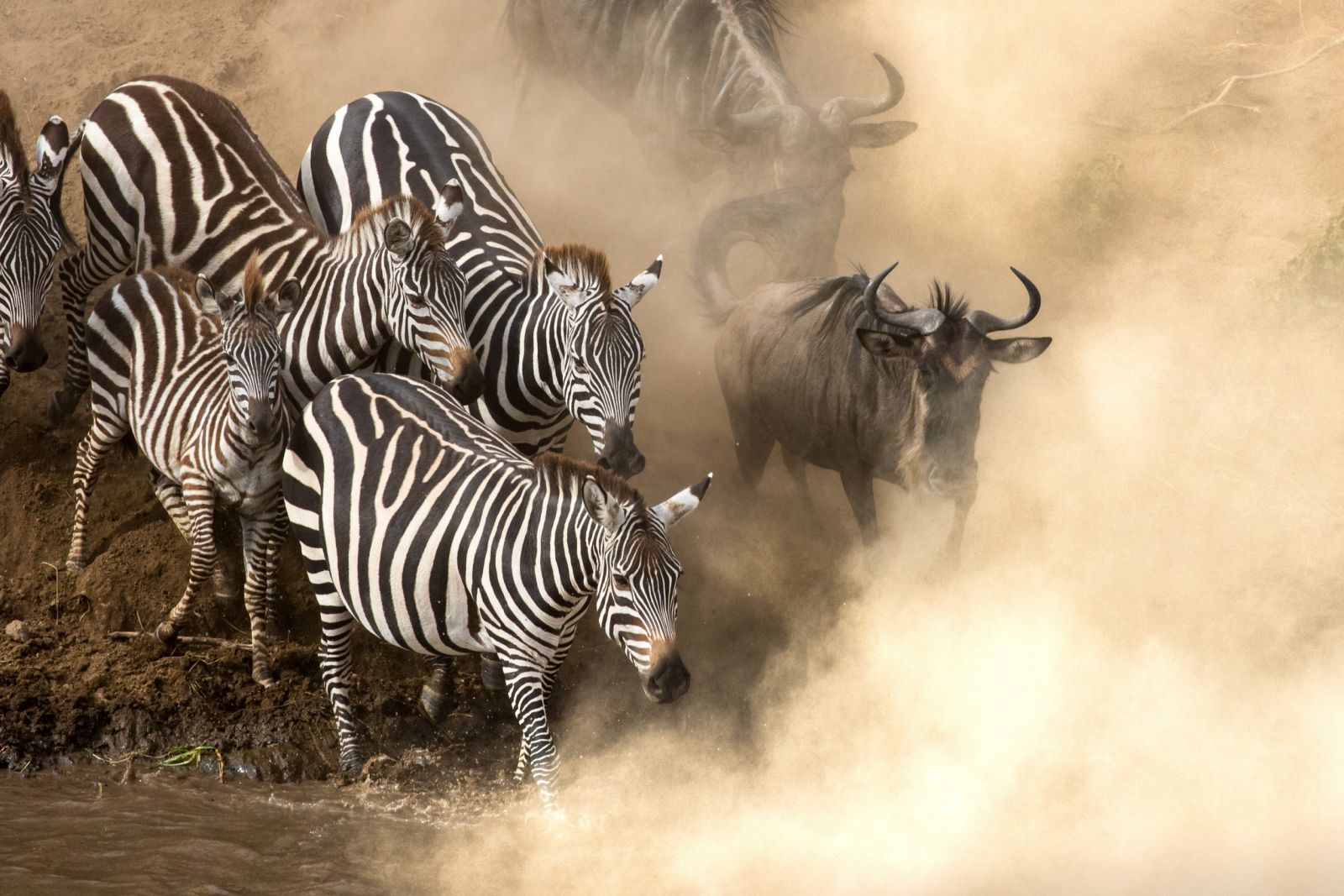
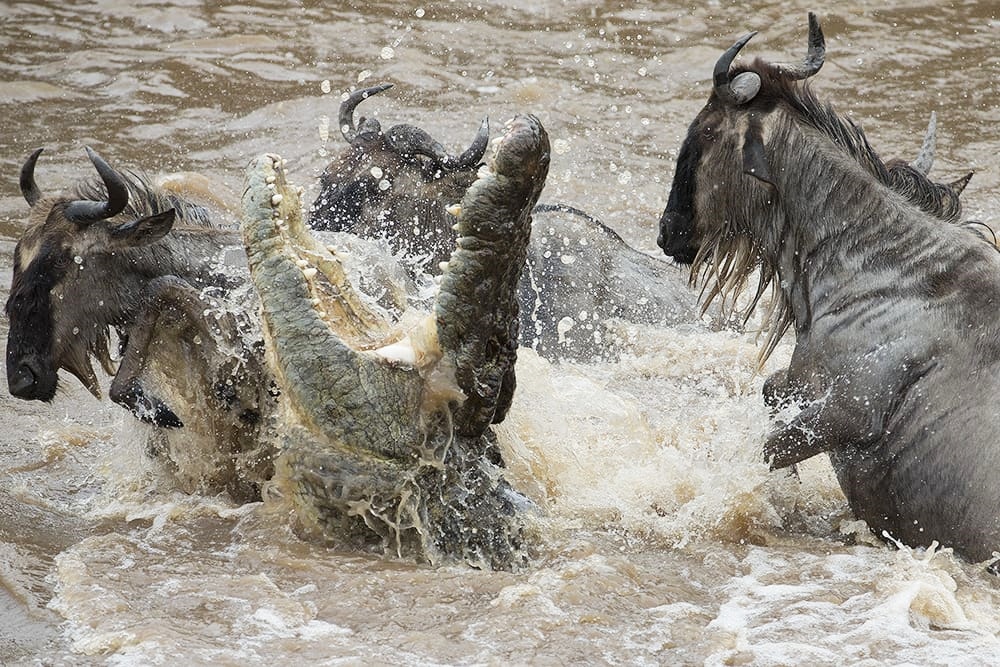
- No better place to see large numbers of predator and grazers fighting for their lives, like Golden-maned lion, African jackal, spotted hyena, cheetah… even outside the migration season
- Approximately 70 larger mammal, ungulates (blue wildebeest, gazelles, zebras, buffalos) and 500 bird species are found there
- The sensational great migration of 1.5 million wildebeests and 30 thousands zebras
- High diversity is a function of diverse habitats, including riverine, acacia trees woodlands, grass plains
Year round, visit in July to September to witness the sensational river-crossi